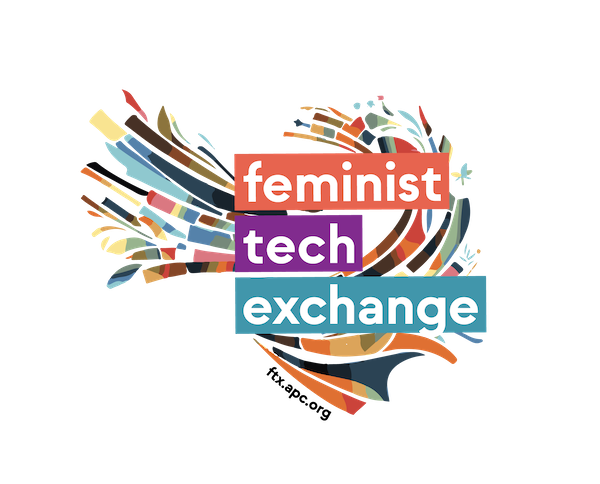Introduction
Intersectionality is older than most of us think and runs from feminism, to politics and civic activism, to anti-racist struggles under different names.
Image source: Teaching Tolerance. 2016. Intersectionality 101. Available at https://www.youtube.com/watch?v=w6dnj2IyYjE. Accessed on 21 June 2019.
What remains common throughout the years, continents and practitioners is the understanding of how certain bodies become the subjects of multiple discrimination because of the way cultural norms, embedded and replicated by systems of power, are translated or not translated in policies. Therefore social justice is not achieved and entire communities and individuals are left with no recourse to justice or redistributive/reparation mechanisms in our societies.
What intersectionality helps discarding, in every one of its iterations and manifestations through time and spaces, is the binary hierarchical exclusionary understanding of our worlds.
“One core premise of intersectionality concerns the relationships between ideas, practices […]. This entailed working through and across many differences.”1
Intersectionality is applied and part of Savitribai Phule’s (1831−1897) feminist understanding of the social injustice of colonial India, where she named in her analysis not one cause, one root, but focused on and named several axes of social division, from caste to gender to economic status to religion.
We find intersectionality more consistently named during the social struggles of the 1960s and 1970s, when African-American, Chicana and Latina women activists together with Native American and Asian-American women “confronted the puzzle of how their needs simply fell through the cracks of anti-racist social movements, feminism, and unions organizing for workers' rights.”2
It was Kimberlé Crenshaw, in the late 1980s, who succeeded in making intersectionality a recognised, acclaimed, global foundational framework. Thanks to her, it became the analytical “meme” of both academic and political discourse, bridging worlds that are often unreachable silos to one another.
Crenshaw first coined the term in 1989 because she felt that anti-racist and feminist movements, where she was a theoretician and activist, were both overlooking the unique challenges faced by Black American women. The term has its roots in the Black feminist movement and it has become an essential analytical tool in feminist theorising.
As Crenshaw noted in her keynote speech at the Women of the World (WOW) Forum in 2016:
“Intersectionality is not primarily about identity. It's about how structures make certain identities the consequence of, the vehicle for vulnerability. So if you want to know how many intersections matter, you've got to look at the context. What's happening? What kind of discrimination is going on? What are the policies? What are the institutional structures that play a role in contributing to the exclusion of some people and not others?”3


No Comments